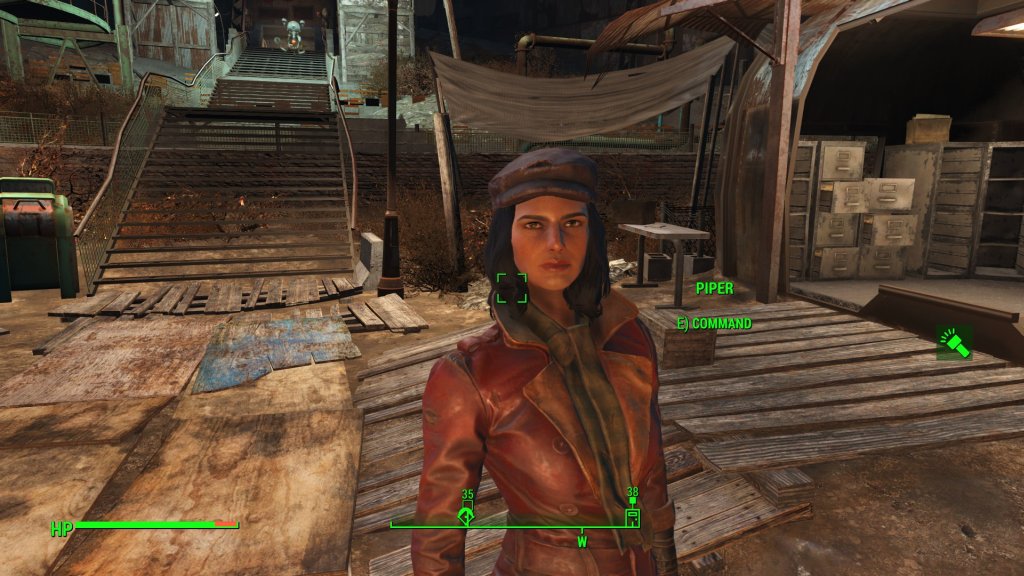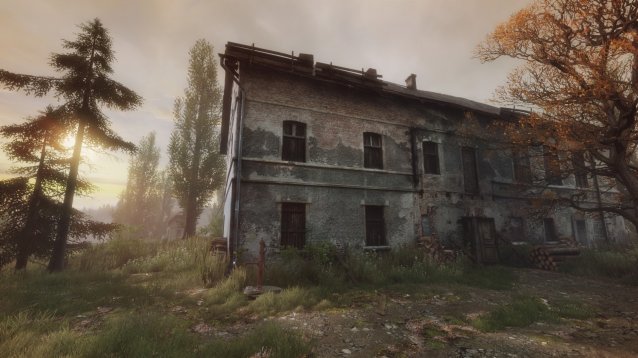

Dreaming Sarah is a fun little indie adventure platformer that was made by Brazilian studio Asteristic and released on Steam this month after being greenlit last year. Inspired by the surreal adventure game Yume Nikki, Dreaming Sarah takes players on an atmospheric 16-bit journey through the dream world of a young girl who is in a coma and trying to wake up. While not revolutionary, Dreaming Sarah delivers just what it sets out to do and is a fun and trippy experience for fans of old-school adventure games with a twist.
Unlike its spiritual predecessor, Yume Nikki, which featured an overhead view, Dreaming Sarah is a side-scroller, and the game designers hold no punches in making the game world challenging to navigate- not through obstacles or combat, but with fairly elaborate maps that go off in both directions and sometimes loop back on themselves.
This is in no way a “game on rails” experience that many modern gamers are accustomed to (and spoiled by). It requires exploring the world with patience and attentiveness, doubling back often, and trying to piece together what the next step is. In this way, the game does a great job of not hand-feeding the player and forcing them to have a more drawn-out experience of exploration, confusion, bewilderment, and discovery.
Sarah explores dreamy and surreal landscapes, finding items she can use to advance in her quest.
When you first start a new game in Dreaming Sarah, you simply wake up in a strange land and have to figure things out on your own. As you wander around your strange and creepy surroundings, you sometimes come across items that you can use or characters like lumberjacks and pirates that you can interact with. Even when you do find a special item or discover a new person that talks to you, it is rarely clear right away what you are supposed to do. The puzzles seem to resolve themselves organically after more exploration, lots of doubling back, and trial and error.
Because of the vague and labyrinthine nature of the game, I found myself having to endure some initial frustration (“I have to walk all the way back there again?!”) and remember that back on the NES and SNES, this is how games worked. Once we embraced the nostalgic spirit of the game, any frustrations melted away. However, one point of frustration that still stands is the game’s default controls – Z, X, C, arrow keys, and spacebar – which can be remapped on a keyboard but would probably play way better on a controller.
Getting lost in Dreaming Sarah is part of the process. This totally random sailor decides to mock you about it. Thanks, random sailor dude.
One of the very best elements of Dreaming Sarah is the music by Anthony Septim. The game’s score can be described as dreamy, ambient, 16-bit trip-hop, which creates a perfect blend of mysterious atmosphere, nostalgia, and a well-crafted modern edge. The tracks work well as background music, but also rises to the forefront with intriguing beats and breaks that are cool enough to be noticed but restrained enough to flow perfectly with the gameplay. You can stream or buy the game’s soundtrack on Septim’s bandcamp page. We would highly recommend it even if you don’t play the game itself. The incredibly well-done music is a big part of why taking the time to explore the game world thoroughly is a joy rather than a bore.
If you are into nostalgic gaming experiences and don’t mind a game that lets you figure out everything on your own, you will enjoy Dreaming Sarah. The experience will only last for a few hours, but with beautiful pixel art, a sweet protagonist, top-notch music, well-designed levels, and some neat heart-pounding surprises, it will be worth your time.




 Deus Ex: Mankind Divided Director Speaks Out About Mechanical Apartheid Complaints
Deus Ex: Mankind Divided Director Speaks Out About Mechanical Apartheid Complaints Diablo 3 Easter Eggs Locations
Diablo 3 Easter Eggs Locations Grand Theft Auto V: First Mission: Prologue Walkthrough and Guide
Grand Theft Auto V: First Mission: Prologue Walkthrough and Guide Top 5 Ways to Save Money on Games (without buying used)
Top 5 Ways to Save Money on Games (without buying used) Review: The Vanishing of Ethan Carter
Review: The Vanishing of Ethan Carter